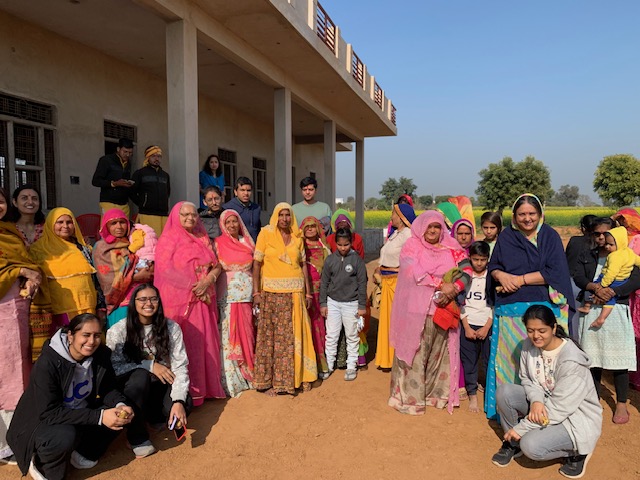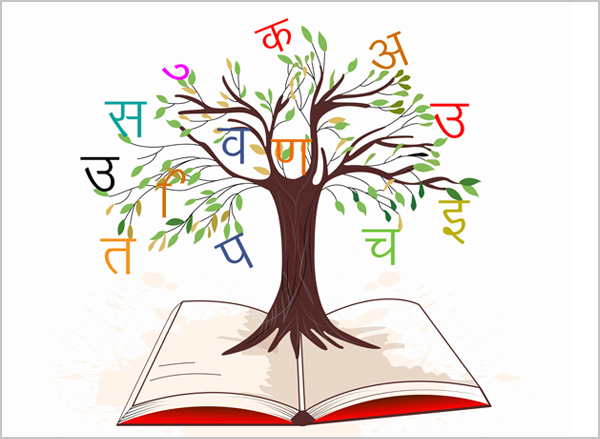Computational linguistics plays a crucial role in preserving languages, especially endangered or less-studied languages, by leveraging technology to document, analyze, and revitalize linguistic diversity. Here are some ways in which computational linguistics contributes to language preservation:
Documentation and Corpus Creation:
Computational linguists develop digital language corpora, which are extensive collections of texts and recordings in a particular language. These corpora serve as a comprehensive database for linguistic analysis and research.
Corpora help linguists document grammar, vocabulary, idiomatic expressions, and phonetic features, preserving the linguistic richness of a language.
Language Documentation Tools:
Computational tools are developed to assist field linguists and anthropologists in collecting and transcribing audio recordings of native speakers.
These tools can help create language dictionaries, grammatical descriptions, and other linguistic resources that are vital for the preservation of less-studied languages.
Language Revitalization:
Computational linguistics can contribute to the creation of language learning resources and interactive applications that help teach and revitalize endangered languages.
Mobile apps, websites, and language learning software are designed to make learning the language more engaging and accessible.
Machine Translation:
Machine translation systems, often built with NLP (Natural Language Processing) techniques, can facilitate translation between a lesser-known language and a widely spoken one. This can make the language more accessible to a broader audience.
For instance, tools like Google Translate and DeepL support translation for numerous languages, including many less-commonly spoken ones.
Speech Recognition and Text-to-Speech Systems:
Computational linguistics aids in the development of speech recognition and text-to-speech systems for endangered languages. These technologies can make it easier to digitize spoken and written content.
Text-to-speech systems can also help in the creation of audiobooks, making literature in lesser-known languages accessible to a wider audience.
Phonetic and Phonological Analysis:
Computational techniques allow for the analysis of phonetic and phonological features of languages. This is essential for understanding and preserving pronunciation and accentual nuances.
Language Revival and Preservation Projects:
Computational linguistics can support language revitalization projects by providing tools and expertise to build language learning software, digitize written materials, and facilitate communication in the language.
Cultural Preservation:
Computational linguistics is not just limited to the linguistic aspects of language preservation. It also contributes to the preservation of cultural knowledge, oral traditions, and folklore associated with a language.
Collaborative Platforms:
Online platforms and databases allow linguists, researchers, and community members to collaborate and share their findings, resources, and language data, making it easier to work on the preservation of a language collectively.
In summary, computational linguistics provides the technology and methodologies required to document, analyze, and promote linguistic diversity. By creating digital resources, language learning tools, and facilitating communication in endangered languages, computational linguistics plays a crucial role in language preservation and revitalization efforts. It ensures that these languages remain accessible and relevant in an increasingly globalized world.











